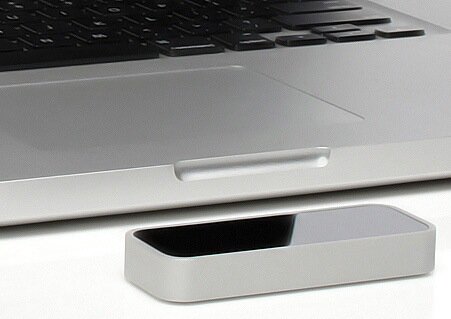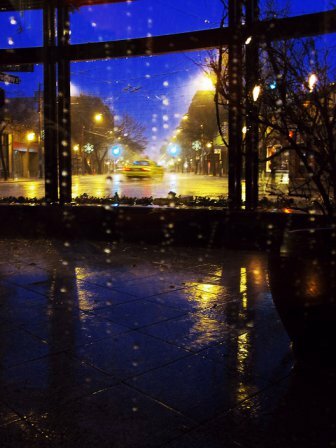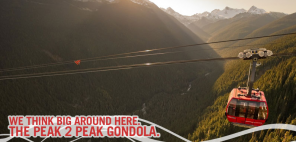 Remember when Microsoft introduced Kinect, their motion-sensing upgrade for the Xbox? It was one of their few honest-to-god surprises that charmed people instantly–the sense of elated discovery that Apple would like you to think they’ve patented. When Microsoft opened the Microsoft Store at University Village, they made a point of letting people try Kinect in the store’s window.
Remember when Microsoft introduced Kinect, their motion-sensing upgrade for the Xbox? It was one of their few honest-to-god surprises that charmed people instantly–the sense of elated discovery that Apple would like you to think they’ve patented. When Microsoft opened the Microsoft Store at University Village, they made a point of letting people try Kinect in the store’s window.
But you wondered if Microsoft really understood what they had created–Kinect had a potentially far-reaching utility, outside the game environment. Hands-free control, that’s the kind of special sauce you can put on anything. And hackers decided not to wait for Microsoft, even though they weren’t sure how the company might feel about them messing about in Kinect’s innards.
Second surprise: GeekWire has a story up, “Business is booming on Kinect as Microsoft embraces hackers,” that lays out how Microsoft has opened up to allow “full-fledged companies being built on the company’s Kinect sensor.” GeekWire’s Todd Bishop lists six different companies that are part of Microsoft’s Kinect Accelerator start-up program, from “hands-free technology for surgeons in operating rooms” to hands-free virtual dressing rooms.

But the tech space being what it is, Kinect already has a next-generation competitor: Leap, from the cunningly-named Leap Motion. Boasting that it’s “200 times more accurate than anything else on the market,” Leap Motion is taking pre-orders for a $70 little slab that “can distinguish your individual fingers and track your movements down to a 1/100th of a millimeter.”
Leap plugs in to a USB port, and its sensors create a eight-cubic-foot 3D workspace, where your movements are tracked and translated in a variety of ways. (It can tell your thumb from your other fingers, and it can distinguish a pen or pencil from your fingers as well.)
People say it’s like Minority Report‘s virtual manipulation, just without that special glove. Leap can turn your regular monitor into a touch-sensitive one, without your leaving smudges on the glass. One difference from Kinect is the smaller size of the sensory space, but another, as HDTV Magazine points out, is Leap Motion’s decision to let other people figure out what to use Leap for:
Rather than following the path of the Kinect where MS made its technology a “closed” system, and charged for access to a limited (non-commercial) version of the Kinect SDK, CEO of Leap Motion, Michael Buckwald said, “We believe that ultimately, the sheer number of use cases for this technology are so great that the value can only be realized by making it open. …think what would have happened if the mouse had been initially been released as a closed technology.
From the sounds of it, Microsoft is already responding to that criticism. The next question will be, How long until a 200-times-more-sensitive Kinect appears?


